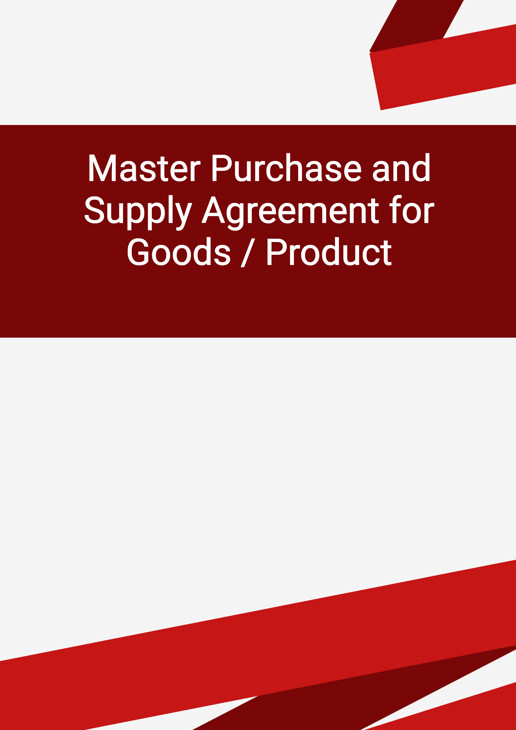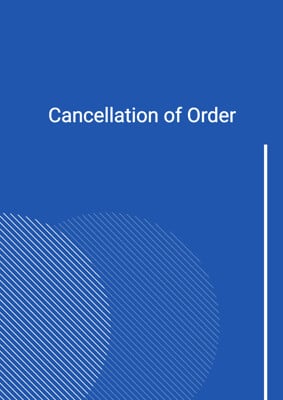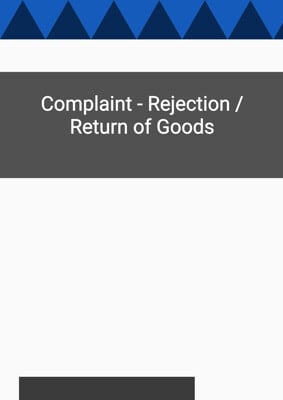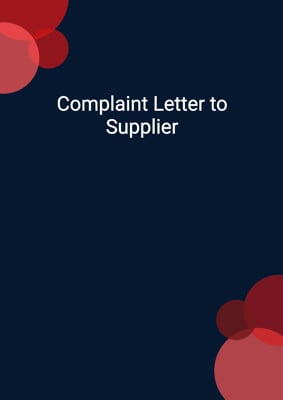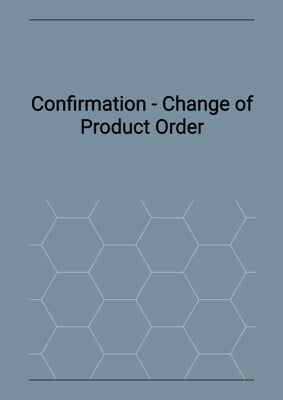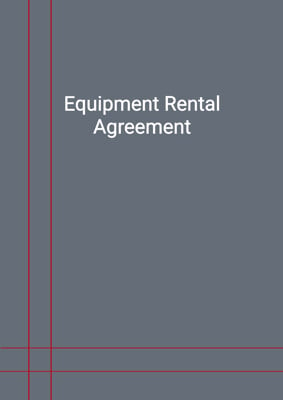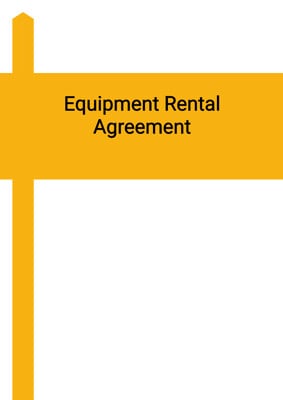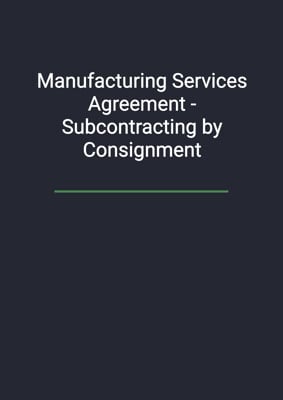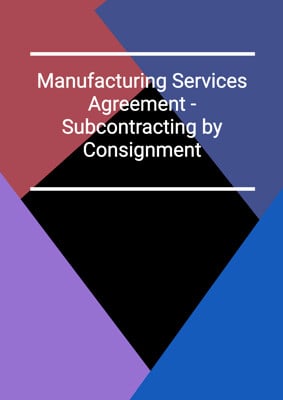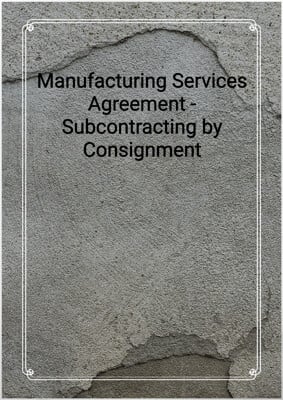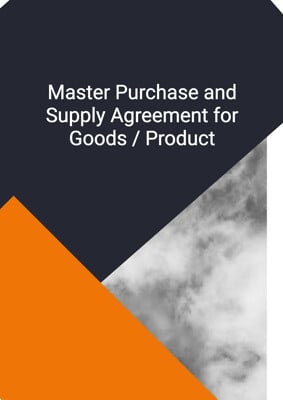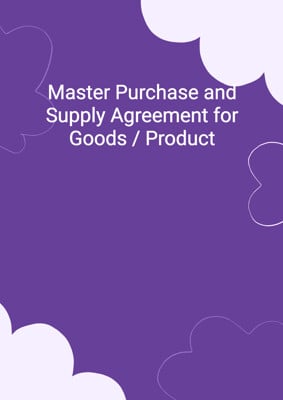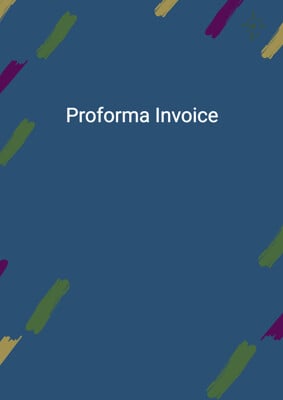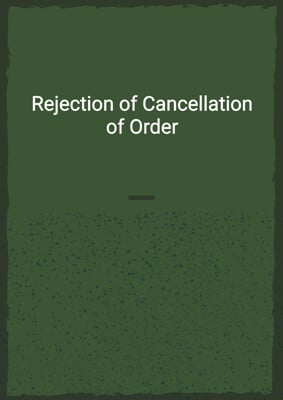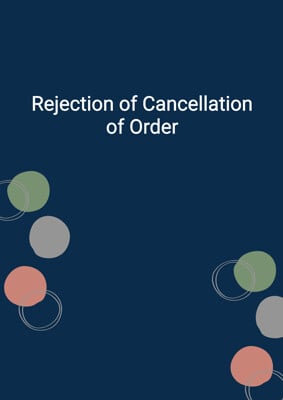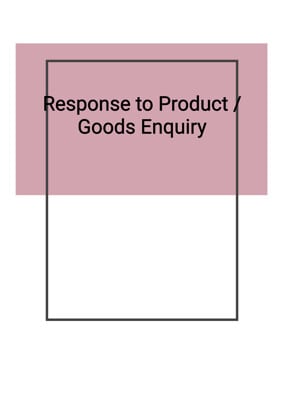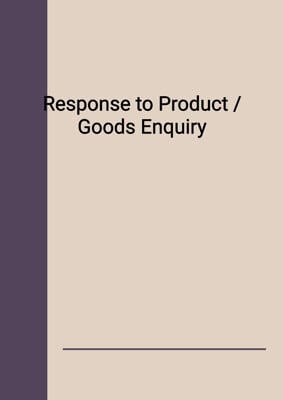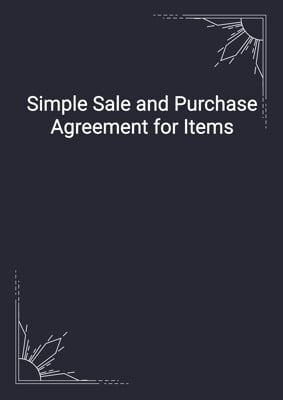How to Tailor the Document for Your Need?
01
Create Document
Fill in the details of the parties. You can click the "Fill with Member’s Information" button to complete it with information saved to your account.
02
Fill Information
Please fill in any additional information by following the step-by-step guide on the left hand side of the preview document and click the "Next" button.
03
Get Document
When you are done, click the "Get Document" button and you can download the document in Word or PDF format.
04
Review Document
Please get all parties to review the document carefully and make any final modifications to ensure that the details are correct before signing the document.
Document Preview
Document Description
The document titled 'Master Purchase and Supply Agreement for Goods / Product' is a legally binding agreement between two parties, namely the seller and the buyer. The purpose of this agreement is to establish the terms and conditions for the purchase and supply of goods between the parties. It is important as it provides a clear framework for the transaction, ensuring that both parties are aware of their rights and obligations.
The document begins with a brief introduction, stating the names and registered offices of the seller and the buyer. It then sets out the background and purpose of the agreement, highlighting the buyer's desire to purchase goods from the seller and the seller's desire to sell goods to the buyer. The terms and conditions set forth in the agreement apply to all orders or requests for goods issued by the buyer, excluding any other terms and conditions.
The agreement includes various definitions to clarify the meaning of certain terms used throughout the document. For example, it defines 'business day' as any day other than a Saturday, Sunday, or bank holiday in the jurisdiction country. It also defines 'conditions' as the standard terms and conditions of purchase set out in the document.
The basis of purchase is outlined in Section 3 of the agreement. The buyer will order goods from the seller using the standard purchase order form provided in the annexure. Each order constitutes an offer by the buyer to purchase the goods, which is deemed accepted by the seller unless otherwise stated. The seller must notify the buyer within five days if an order is not accepted.
Section 4 of the agreement deals with the specification of the goods. The quantity, quality, and description of the goods are specified in the order and any applicable specification agreed upon by the buyer and the seller. The seller must comply with all applicable regulations and legal requirements concerning the manufacture, packaging, and delivery of the goods.
The price of the goods is addressed in Section 5. The price stated in the order is exclusive of any applicable value-added/sales/services tax and inclusive of all charges for packaging, packing, shipping, carriage, insurance, and delivery. Any quotation from the seller is valid for a specified number of days, and no increase in the price may be made without the prior written consent of the buyer.
Section 6 covers the payment terms. The seller is entitled to invoice the buyer for the price of the products upon delivery or at any time after delivery. The buyer is required to pay the price within a specified number of days from the date of the seller's invoice. The agreement also includes provisions for prompt payment discount and interest on unpaid sums.
Delivery of the goods is addressed in Section 7. The goods are to be delivered to the delivery address specified in the order on the agreed date or within the specified period. Time for delivery is not of the essence unless otherwise agreed in writing. The buyer must carefully examine the products on delivery and notify the seller of any short delivery or defects within seven working days.
Section 8 deals with the quality of the goods. The seller warrants that the goods will be of satisfactory quality, comply with the specifications and technical standards provided by the buyer, and not infringe any intellectual property rights.
The agreement includes provisions for returned goods in Section 9. All goods shipped to the buyer by the seller are to be new and first quality. The seller agrees to provide an additional quantity of goods to compensate the buyer for any returned goods.
Section 12 contains warranty provisions. The seller warrants that the goods will be free from defects for a specified period from the date of delivery. The seller also warrants that it has the capacity to enter into the agreement, has complied with all applicable regulations, and has the right to sell the goods.
Other important sections of the agreement include risk and property, assignment and subcontracting, exclusion from liability, intellectual property, termination, force majeure, notices, confidentiality, waiver, severance, and dispute resolution.
Overall, this document is crucial for establishing a clear and legally binding agreement between the seller and the buyer for the purchase and supply of goods. It covers various important aspects such as price, payment, delivery, quality, warranty, and dispute resolution, ensuring that both parties are protected and aware of their rights and obligations.
How to use this document?
To use this document effectively, follow the step-by-step guidance below:
1. Review the entire document: Familiarize yourself with the entire agreement to understand its purpose, terms, and conditions.
2. Identify the parties: Ensure that the names and registered offices of the seller and the buyer are correctly stated in the agreement.
3. Understand the definitions: Refer to the definitions section to understand the meaning of specific terms used throughout the document.
4. Basis of purchase: Use the standard purchase order form provided in the annexure to place orders for goods with the seller.
5. Specify the goods: Clearly state the quantity, quality, and description of the goods in the order and any applicable specification.
6. Determine the price: Agree on the price of the goods, ensuring that it is inclusive of all charges and taxes as specified in the agreement.
7. Establish payment terms: Determine the time of invoice and time of payment based on the agreed terms. Consider any prompt payment discount or interest on unpaid sums.
8. Arrange for delivery: Provide the delivery address and agree on the date or period of delivery. Carefully examine the goods upon delivery and notify the seller of any issues within the specified timeframe.
9. Ensure compliance with quality standards: Verify that the goods meet the specified quality standards and comply with all applicable regulations.
10. Handle returned goods: Follow the provisions for returned goods, ensuring that all returned goods are new and first quality.
11. Understand warranty obligations: Be aware of the seller's warranty obligations, including the specified warranty period and the seller's capacity to enter into the agreement.
12. Manage risk and property: Understand when the risk of damage or loss of the goods passes to the buyer and when the property in the goods transfers.
13. Comply with intellectual property rights: Respect the intellectual property rights of the seller and ensure that goods bearing any trademarks or branding are sold only to the buyer.
14. Termination and force majeure: Familiarize yourself with the termination provisions and the impact of force majeure events on the agreement.
15. Follow notice requirements: Use the specified methods of communication for giving notices and ensure that they are properly addressed.
16. Maintain confidentiality: Keep any confidential information received from the other party confidential and use it solely for the purpose of conducting business.
17. Seek legal advice if necessary: If you have any doubts or concerns about the agreement, consult with a legal professional to ensure compliance and protect your interests.
By following these steps, you can effectively use the 'Master Purchase and Supply Agreement for Goods / Product' to establish a clear and mutually beneficial relationship with the seller for the purchase and supply of goods.
Not the right document?
Don’t worry, we have thousands of documents for you to choose from:
